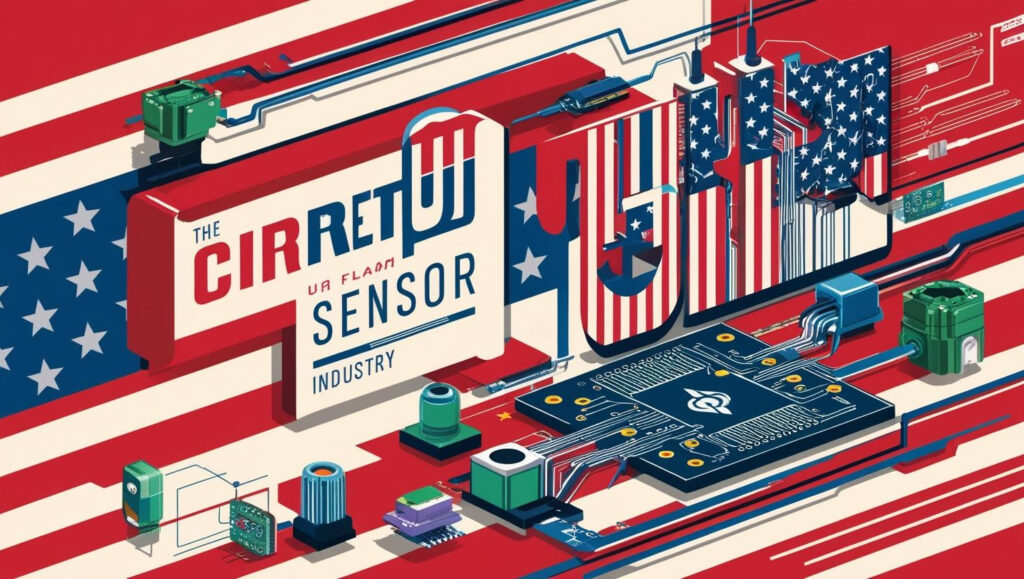The U.S. government’s evolving tariff policies, particularly in the context of ongoing trade tensions with China and other key global suppliers, have created significant ripples across numerous technology sectors and the current sensor market is no exception. As a critical component in power electronics, automotive systems, industrial automation, and renewable energy applications, current sensors are feeling the pinch from higher import costs, disrupted supply chains, and shifting sourcing strategies.
Tariffs Tighten the Supply Chain
One of the most immediate and tangible impacts of U.S. tariffs on current sensors is the increase in raw material and component costs. Many of these sensors or their subcomponents are imported from countries like China, which have faced multiple rounds of tariff hikes. This includes not only the finished sensors but also semiconductor materials, PCBs, and magnetic components integral to their functionality.
Manufacturers and OEMs who relied on low-cost imports are now facing profit margin erosion or being forced to pass increased costs down the supply chain — ultimately affecting pricing for end-users in sectors like electric vehicles (EVs), smart grids, and industrial robotics.

Request US Tariff Impact Analysis Now @ https://www.marketsandmarkets.com/forms/ctaTariffImpact.asp?id=26656433
Strategic Sourcing Shifts
In response, many companies are actively diversifying their supply chains. Countries such as Vietnam, Malaysia, and Mexico are emerging as alternative manufacturing hubs to bypass tariff-related costs. This shift, while strategic, comes with its own challenges, including quality assurance, lead time variability, and logistical complexities.
Some U.S.-based firms are also reconsidering domestic production as a long-term strategy, though higher labor and operational costs continue to be a barrier. Nevertheless, this reshoring movement could spur innovation in automation and local sourcing partnerships, potentially driving future resilience in the sensor market.
Delays in Innovation and Deployment
Tariffs are also creating downstream effects on R&D budgets and go-to-market timelines. With cost pressures mounting, companies may delay product launches or reduce investments in innovation. For emerging applications like EV battery management systems and grid-connected solar inverters where precision current sensing is crucial these delays could slow the pace of technology adoption.
Additionally, smaller sensor manufacturers or startups that lack the capital buffer to absorb increased costs are more vulnerable to market exits or consolidation pressures, reducing competition and innovation in the sector.
A Global Market Recalibration
While the U.S. market is recalibrating to these changes, global dynamics are also shifting. Asian and European sensor manufacturers are adjusting production lines, redesigning products, and exploring tariff-exempt trade routes to maintain competitiveness. These shifts could reshape the global market hierarchy, with potential long-term implications for U.S. technological leadership in industrial and automotive automation.
What Lies Ahead?
As the tariff landscape remains volatile, current sensor manufacturers must focus on strategic agility investing in regional production capabilities, adopting modular product designs, and maintaining close engagement with policy developments. For stakeholders across the value chain, this is both a challenge and an opportunity to build a more resilient, diversified, and technologically advanced current sensor ecosystem.
The ripple effect of tariffs is far from over and how the market responds now will define the shape of sensor innovation for years to come.